Back to Courses

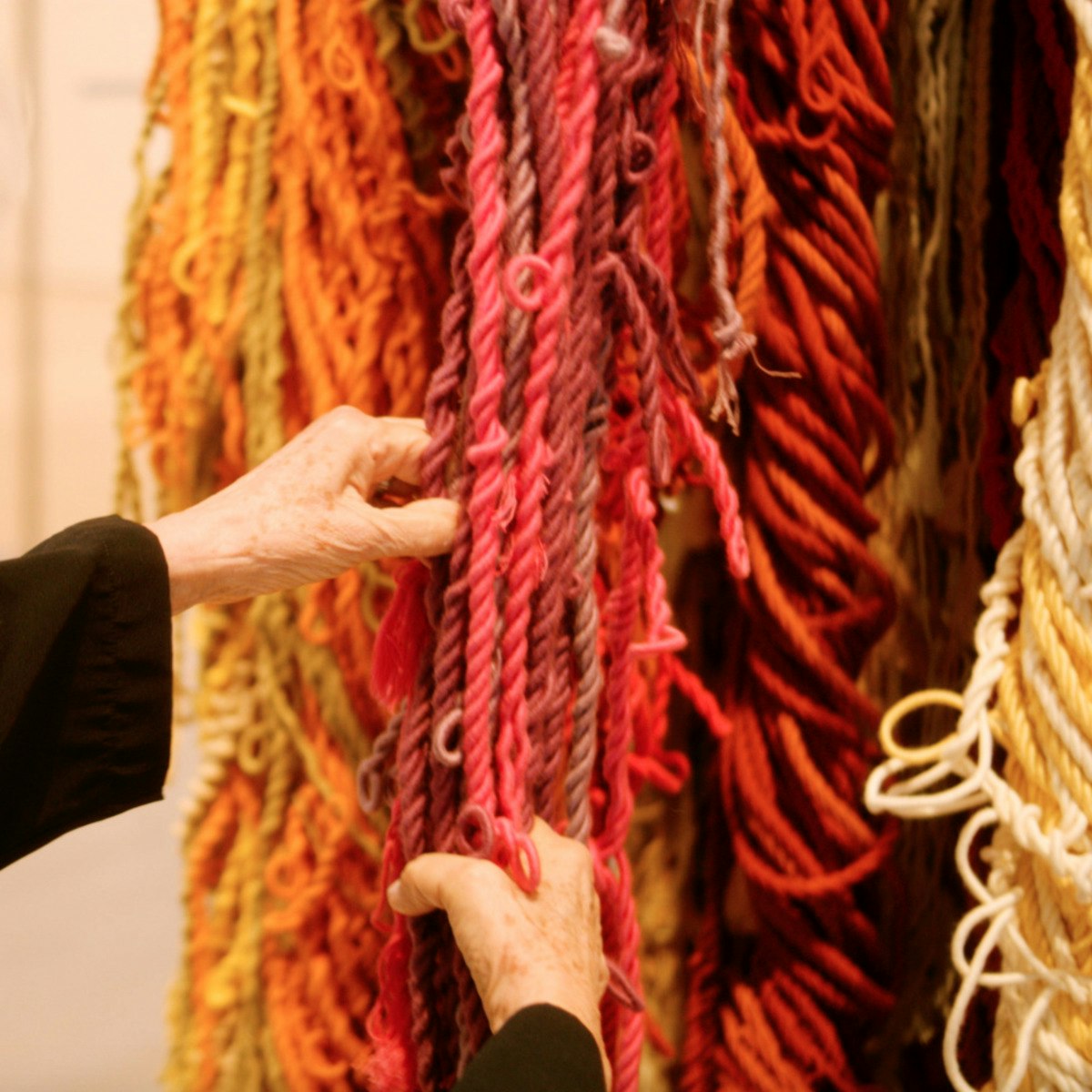
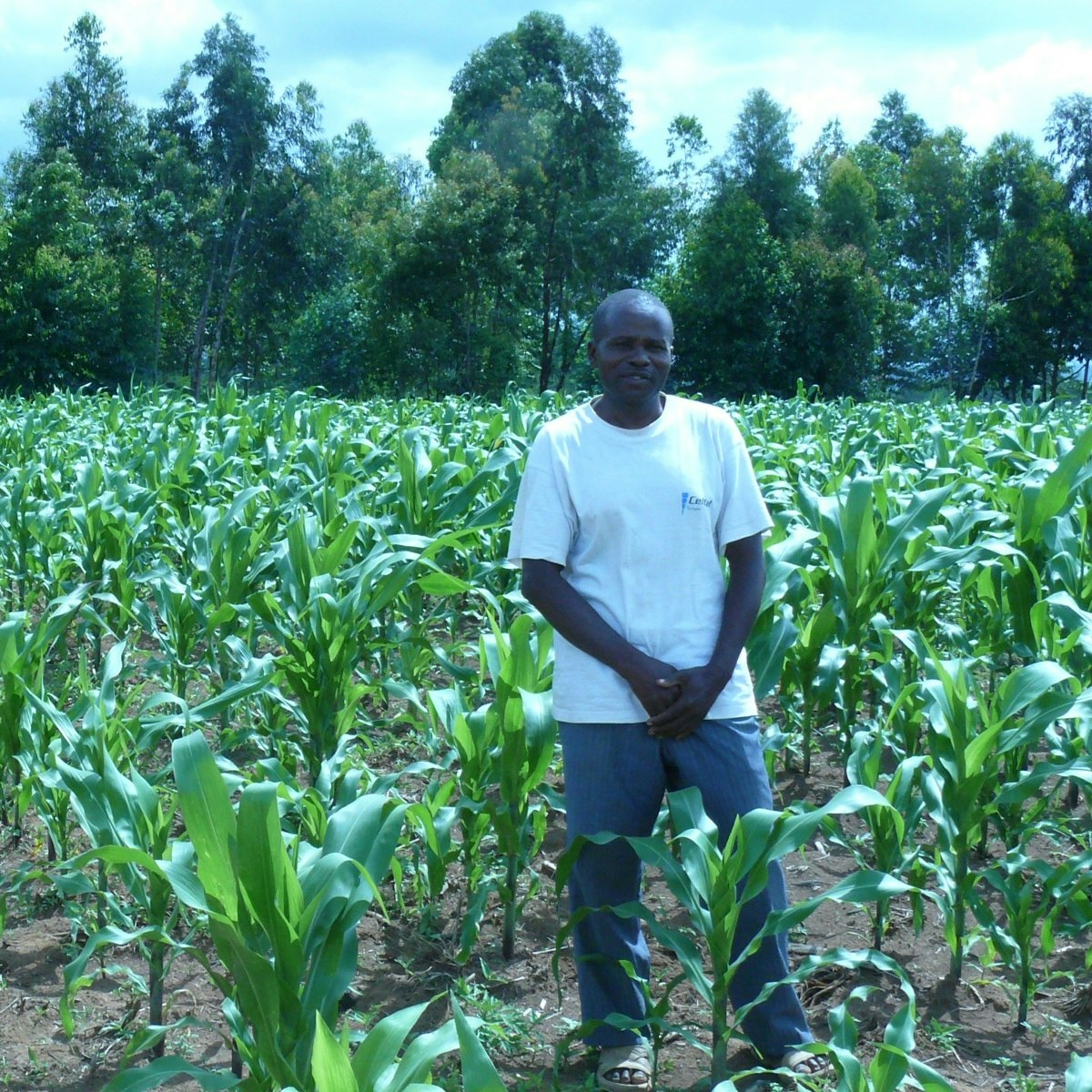
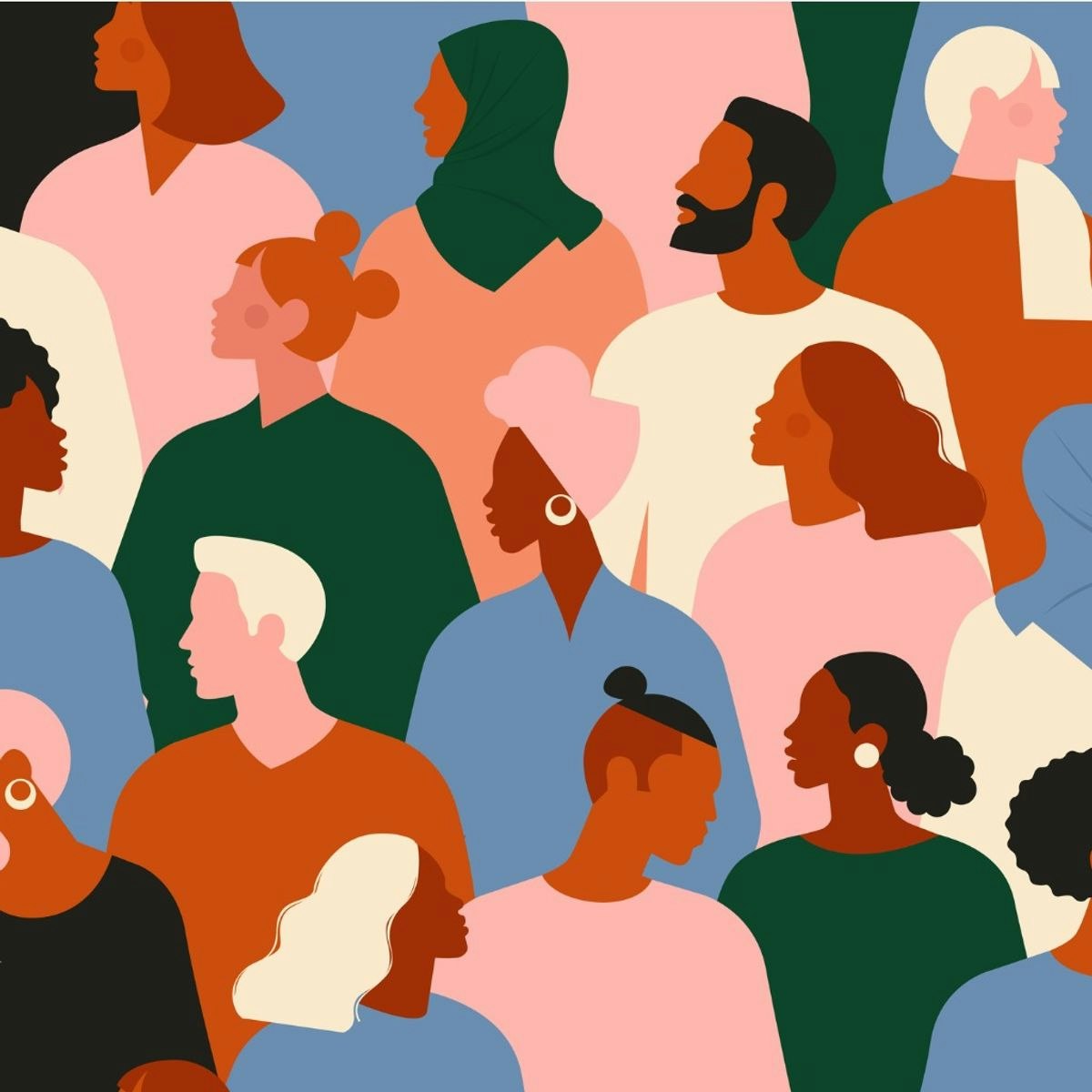


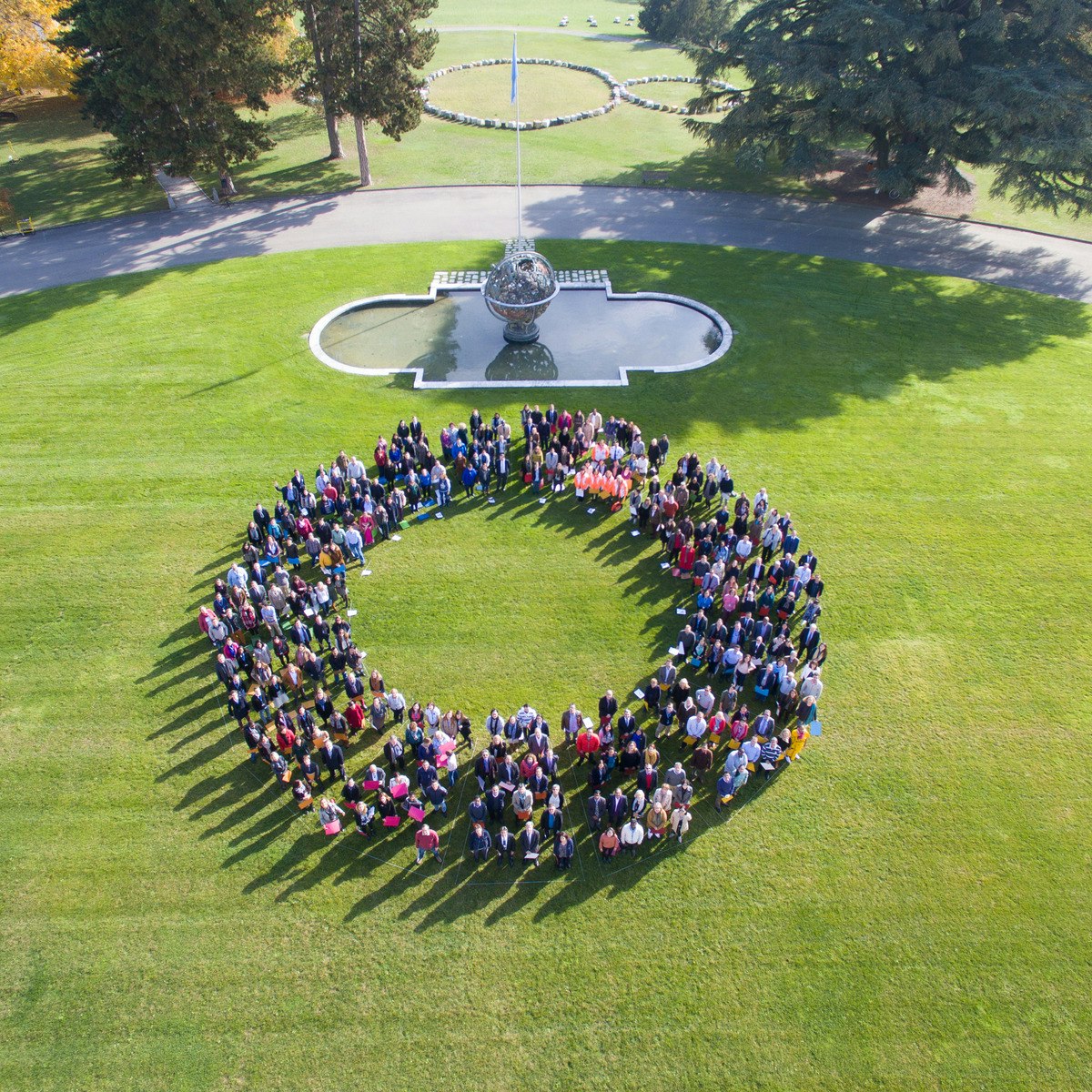
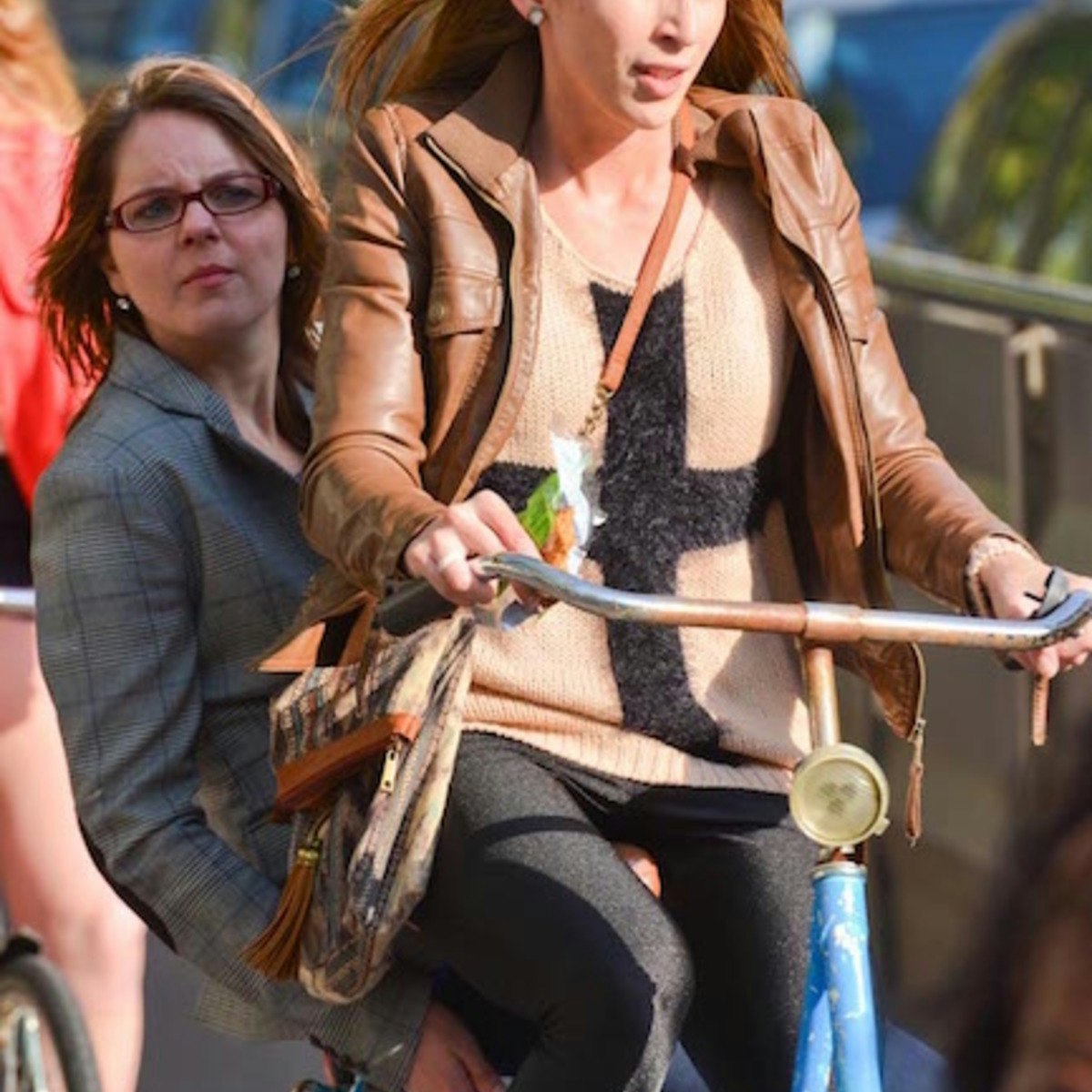
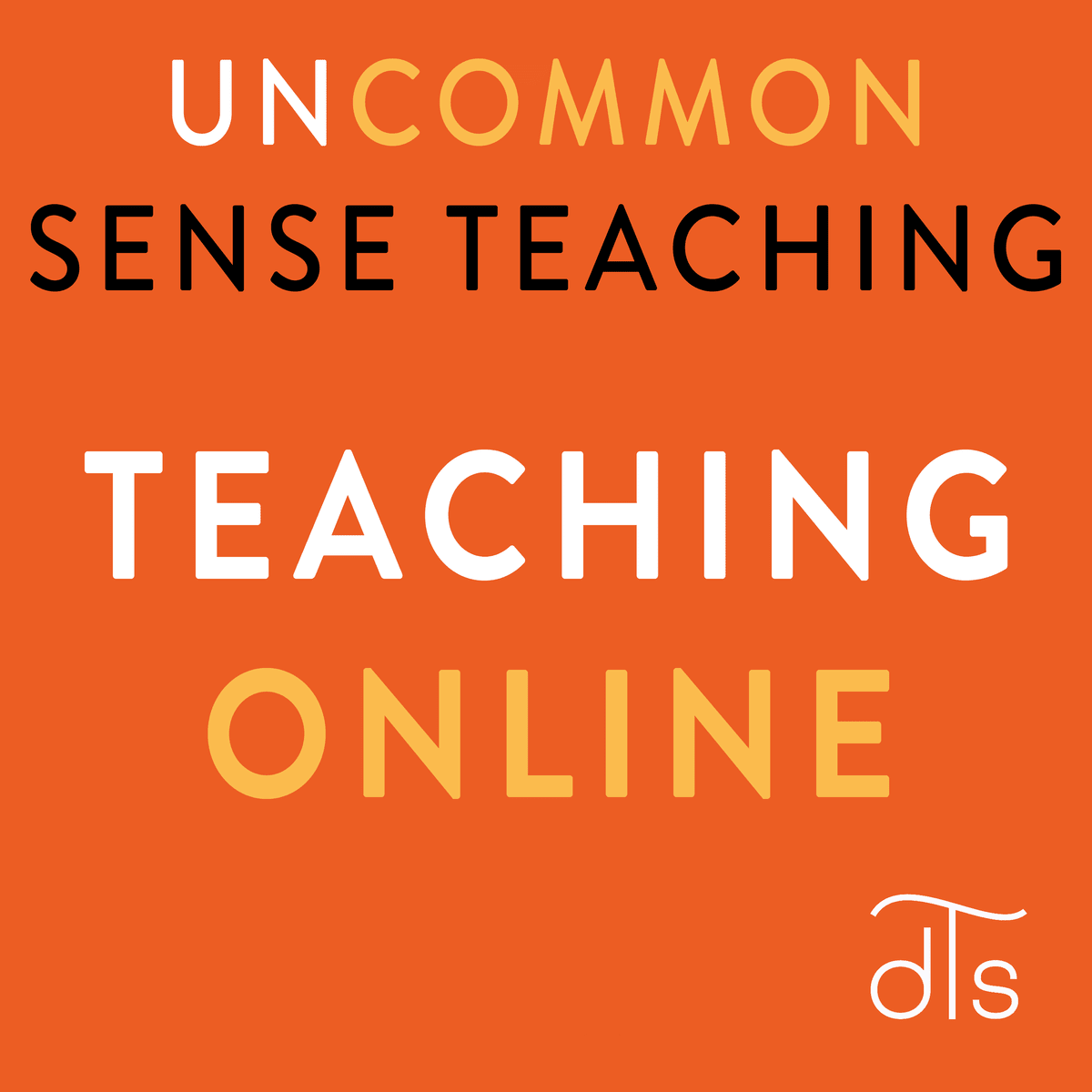
Social Sciences Courses - Page 64
Showing results 631-640 of 672

Contemporary India
This course presents some important vignettes of a complex, highly diverse India that is also witnessing unprecedented changes since its formal independence in 1947 from Great Britain. The lectures revolve around social dimensions of change, the continuing influence of ancient texts on contemporary India, political democracy, economic transition from the state to the market, gender relations, India's economic globalisation and changing world view.
While one of the objectives is to capture the multifaceted process of change, the course also critically examines some of the tensions inherent in these changes. For example, how does gender inequality play itself out in a changing Indian society, how do the modernist conceptions of art entailing market valuation challenge the more socio-centric values found in South India, what are the politics linguistic identities, and how might India address its myriad development challenges such as poverty and unemployment.
No specific prior knowledge is required. However, it would be helpful if students are aware of the socio political dynamics at play in contemporary India and keep themselves abreast with current affairs and debates in the country to fully appreciate the various dimensions and contours if the subject matter in the course.
This course is taught in English.
View the MOOC promotional video here: http://tinyurl.com/hx8mhxb

Disability Inclusion in Education: Building Systems of Support
Worldwide millions of children are not able to fully participate in schooling, and this is especially a problem for children with disabilities. In this course, we explore the support that teachers need in order to meet the needs of children with severe to profound hearing, visual and intellectual disabilities. We consider how this can be done by talking with a range of experts (from teachers to activists) about inclusive education as well as sharing experiences of education.
Inclusive education is only possible if teachers are supported and empowered to make the curriculum accessible to all learners. The topics in this course cover developing disability confidence and what exactly children with specific impairments need to be able to learn. This includes sharing specific classroom strategies and teaching activities for learners who are D/deaf or hard of hearing, blind or have low vision or have a severe to profound intellectual disability. By the end of the course, you will be familiar with the impairment specific needs of learners with disabilities, and how to build systems of support for inclusive education.
You will be able to purchase a Verified Certificate if you wish to show evidence of your achievements, but this is optional, and you may apply for Financial Aid if you are unable to pay the certificate fee.
This course was developed as part of the project ´Strengthening teaching for Children with profound Hearing, Visual and Intellectual Disabilities in South Africa` co-funded by Christoffel-Blinden Mission (CBM) and the European Union.

What Is Contemporary Art?
What is contemporary art? In this course, you’ll consider this question through more than 70 works of art made between 1980 and the present, with a focus on art from the past decade. You’ll hear directly from artists, architects, and designers from around the globe about their creative processes, materials, and inspiration.
Five themes serve as your guide: Media from Television to the Internet, Territories & Transit, Materials & Making, Agency, and Power. You’ll look at 3-D–printed glass and fiber sculptures, performances in a factory and a museum, painted portraits—as well as those made with artificial intelligence—and interventions into television and video games. And much more, all drawn from the collection of The Museum of Modern Art.
Come along as artists invite us into their studios, out into their neighborhoods, and to experiment with the materials they use. Not only will you develop a deeper understanding of how artists work today, you’ll also explore some of their many approaches to the pressing issues and questions of our time. By taking this course, you’ll gain confidence to look at contemporary art wherever you encounter it and make connections to your own life or creative practice.

Agriculture, Economics and Nature
Sound economic thinking is crucial for farmers because they depend on good economic decision making to survive. Governments depend on economic information to make good policy decisions on behalf of the community. This course will help you to contribute to better decision making by farmers, or by agencies servicing agriculture, and it will help you to understand why farmers respond to policies and economic opportunities in the ways they do.
You can use this course to improve your skills and knowledge and to assess whether this is a subject that you'd like to study further. The course includes high-quality video lectures, interviews with experts, demonstrations of how to build economic models in spreadsheets, practice quizzes, and a range of recommended readings and optional readings. Assessment is by quizzes and a final exam.
The key economic principles that we’ll learn about can help us understand changes that have occurred in agriculture, and support improved decision making about things like agricultural production methods, agricultural input levels, resource conservation, and the balance between agricultural production and its environmental impacts.
There are literally thousands of agricultural economists around the world who work on these issues, so there is a wealth of knowledge to draw on for the course.
Watch a brief video about our course here: https://youtu.be/Y8OGswUXx48

Foundations of Diversity and Inclusion at Work TeachOut
The summer of 2020 has brought issues of equity and race to the forefront of society. How do we create tolerant and just climates at work? Changing the culture of an organization is challenging in the best of circumstances; today, it can seem impossible. Yet, it is more necessary and urgent than ever to address these issues thoughtfully and with effective practices that can produce real change. Six Darden professors have designed this teach-out to bring you the latest scholarship and best practices on diversity, equity and inclusion and organizational change. You'll learn how to identify and counteract inequity in organizations, how to build the business case for diversity and inclusion, and how managers can constructively address inequity. You'll also learn how to promote the principles of diversity, equity, and inclusion at work, how to have difficult conversations, and how to manage and lead change.

Online teaching: Using Zoom to connect with learners
Using cloud-based video conferencing platforms such as Zoom has become, for many people, a part of everyday life. This is particularly true for learners of all ages who are now spending more time online connecting with their peers or studying remotely. To ensure a successful learning experience for our online learners, educators and teachers need to feel confident designing and delivering a live Zoom class.
In this course, you’ll explore the Zoom functions that are relevant to teaching a live online class, such as Zoom’s class management tools, break-out room function, chat, screen-sharing and the poll function. More importantly, this course will provide practical real-world examples of how to use these functions successfully in a live class setting, as well as provide an opportunity to design, develop and create your own Zoom lesson plan.
The course is suitable for anyone who designs or delivers synchronous or live online Zoom classes.
Learning Outcomes
By the end of this course, you’ll:
1. Demonstrate an understanding of the basic functions of Zoom
2. Recognise the Zoom class management tools
3. Evaluate the ways Zoom can be used to deliver engaging live online class activities
4. Design, develop and create a Zoom lesson plan

Facilitate Organized Online Dialogue with Considerit
Why is it so hard to participate in fruitful online dialogues, especially with dozens or hundreds of participants? Why do we so easily get caught up on divisive topics and opinions, instead of building up on each other perspectives? One may argue that the tools often used for such discussions (i.e., social media) are, by design, biased toward polarizing discourse.
Therefore, this project presents Considerit, a digital tool for "civil, organized, and efficient online dialogue". While participating in and creating a forum on Considerit you will experience its capacity to handle nuances of complex discussions, as well as for visually summarizing what a community thinks about a specific statement, and why.
So join us with an idea for a forum you would like to create and some perspectives around the future of life on planet Earth!

Sustainable Development in the 21st Century with Ban Ki-moon
The course is designed for people that want to learn about the latest development agenda the international community agreed to achieve by 2030. Structured around the five pillars of Agenda 2030 – people, prosperity, planet, peace and justice, and partnership, students will learn that these pillars are interconnected and need to be integrated in practical policy-making and operational activities for development, in both developed and developing country settings. Following an introductory module on the main concepts of Agenda 2030 and the SDGs, successive modules will provide the foundation behind the SDGs for people, prosperity and planet, peace and partnership. A final module will explore the way forward and provide channels that the young generation can participate to integrate the SDGs in the policy-making of the students’ resident countries.
To get a better idea of our course, we welcome you to take a look at our promotional video: https://www.youtube.com/watch?v=KATSb73TeB4

Being Smart about Cycling Futures
What is the future of cycling in our cities that struggle to transition to more sustainable and inclusive forms of mobility? What is the role of innovation in ensuring that cycling becomes easier, safer and more accessible for different groups of people? What are Great Bikes and what are Great Cycling Cities?
In this course we tackle these questions, but we do so without providing recipes, one-size-fits-all solutions or rankings of innovations. Instead, this course helps you to develop your own approach to cycling futures and innovation. It teaches you to ask critical questions about various aspects of cycling practice and its place in mobility systems, about cycling innovation and the way in which various stakeholders imagine cycling futures.
This unique course is grounded in the results of the Smart Cycling Futures project (2016-2020), conducted in the Netherlands but through readings and assignments it engages with the wider world. Course development was made possible by sponsor enviolo.

Uncommon Sense Teaching: Teaching Online
In Uncommon Sense Teaching: TEACHING ONLINE we’d like to help you to move toward fresh approaches to online teaching that build on the latest insights from scientific research. We’ll use insights from movie-making—not to mention from odd visual tricks in Barb’s kitchen—to see how students learn, both independently and together. We all know, for example, that social learning is valuable in helping students grapple with tough concepts as well as in making learning more fun. But if you understand what is happening in the brain during social learning, you can also understand why certain approaches commonly used in online learning, such as discussion forums, can sometimes pose a challenge. As you will see, we can use insights from neuroscience not only to motivate our students, but to help them change their very identity.
Our course is designed for university professors, vocational instructors, K-12 teachers, coaches, business trainers, parents, and in fact, anyone who is trying to teach concepts or skills online. We're not just talking about traditional academic materials—if you’ve ever considered teaching a course on Udemy, putting up a video series on YouTube, or launching your own educational blog, this course is also for you. An essential and exciting point is that students can learn even BETTER online than they can in the traditional face-to-face classroom. That’s whether you’re teaching synchronously—that is, live, via a platform like Zoom; or you’re teaching asynchronously—that is, any time—by having videos and other teaching materials accessible to students whenever they want.
You can take this course independently from the other two "Uncommon Sense Teaching" courses in this specialization—some of the neuroscience- and cognitive-psychology-based insights we’ll mention here in simple ways are explored more deeply in those other courses. So feel free to take the other two courses in the specialization in conjunction with or after this course. If you’ve already taken the other two courses, you’ll find that this course reviews and extends the practical insights from neuroscience you’ve already received in unexpected new directions. And you’ll find even deeper insights we haven’t covered before.
In TEACHING ONLINE you'll be joining a trio of experienced online instructors who have taught millions in some of the world's most popular online courses. One of our deepest goals for this course is to help YOU to teach others to improve their ability to reach and teach students. We’ve loaded the animations and visuals we've developed for this course online in PowerPoints (licensed under Creative Commons) in the assets under the videos, as well as in the resources section. You can rework these PowerPoints as you wish to reteach this material to your colleagues and students. Your sharing and resharing of this material is one of the best things you can do to help us all move teaching and learning forward to a visionary future. YOU are the foundation—children, adults, and society as a whole can leap ahead because of your desire to learn and spread these new ideas!
Popular Internships and Jobs by Categories
Browse
© 2024 BoostGrad | All rights reserved


